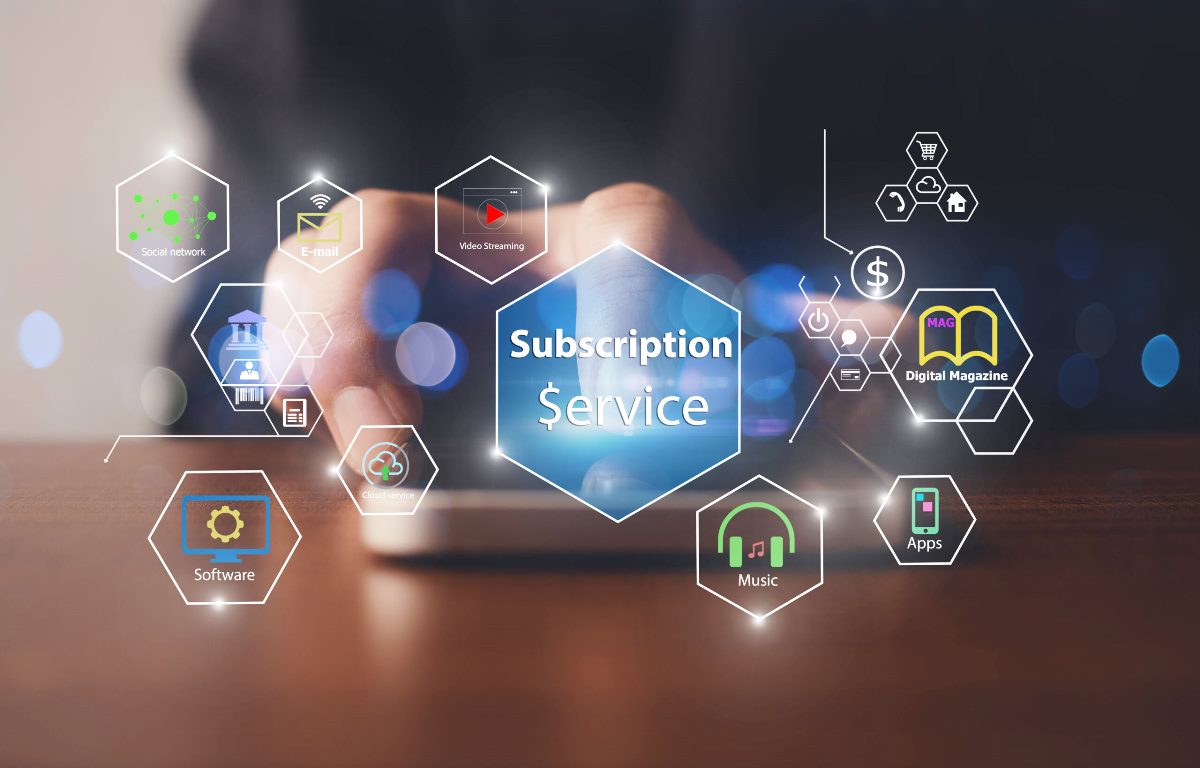Article Written by: Lee Syse, Lead Cloud Solutions Architect – Cloud Providers, Sub-Saharan Africa, VMware
When talking about a move to the cloud, the words subscription and consumption are used as key differentiators, but they are also used as interchangeable verbs that seemingly describe the same thing when in fact, they are, by their nature, completely different offerings.
The primary differences between a subscription and consumption-based model are ownership, relationship, and commercial engagement. And critically, consumptive services are the only ones that transact on the pay-for-only-what-you-use model – which is where the primary confusion comes in.
The subscription model
Let’s rewind a bit to help paint the picture. In the past, you bought your software disks, got a license key, and bought the right to use the software until it reached the end of life.
This evolved into a subscription model where you bought the software, downloaded it or installed it, and got the license key to use, which would be valid until the subscription expired.
The costs of this model are typically carried out upfront. Yes, a user gets all the support, upgrades and bonus extra depending on the nature of their subscription.
Notably, in a subscription model, the user never really owns the software they subscribe to using it for the duration of their subscription, and it can get turned off if the client opts not to renew their license.
While it’s not an ownership model per se, it does lock the user into a renewal cycle that perpetuates if they opt to continue using the software.
The benefits to the customer? It’s relatively easy to discover and try new products, and there’s a low upfront cost without a long-term commitment and lower shelfware risk.
The consumption model
To date, there has been a fair amount of confusion around subscription and consumption. You don’t have to subscribe to software to consume it.
In a consumption model, users are billed post usage based on the amount of a service they have used, and that is the number one differentiator.
A consumption pricing model defines the service’s cost and is applied to how much a user has used a service at the end of the month.
It is pay-as-you-go and pay-as-you-grow via a metred billing methodology. In this instance, the client is given the license key for the software/service upfront without a subscription requirement
Now the benefits here are reduced upfront capital costs and risks, consolidated costs for hardware, software, and services, and a user can offload maintenance and management functions to their provider, which is most commonly a cloud provider or cloud builder.
The consumptive cloud service
It’s easy to see why there is confusion between the two in the modern cloud world, but the two models are fundamentally different. They are used to fulfil different needs by both customers and IT (cloud) resellers and partners.
In the case of a consumption model, the relationship with the customer rests with the partner and the partner’s relationship is with the vendor.
So, in our case, when offering a consumption-based service as VMware, we provide access to our software and services to the partner (consumptively) who sell it to their customers on a consumptive basis.
This model gives the partner control of the billing model to the end customer based on the services they wrap around the offering, and it also gives the customer control of their budgets as they pay for only what they consume.
Think of it this way, if you were to only pay for the programmes you watch on Netflix, that would be consumptive, but you don’t. You subscribe to the service and pay a flat fee per month regardless of whether you watch one show or one thousand shows. That’s a subscription.
Another key difference is that the customer doesn’t own the license and doesn’t sit with a perpetual license on their books. On the other hand, the partner can use the commercial model of consumption-based services to build their business at a speed they are comfortable with and with the scalability needed should they suddenly experience massive growth or customer demand.
It’s perfect for partners delivering a hosted cloud service as it doesn’t require a huge Capex outlay to get started, which helps significantly reduce risk as they don’t sit with the software on their books that they have to try and move in a fixed period.
You grow, you pay more, you need more, you switch on more. You don’t have to add users and change your billing model as you would traditionally with a subscription model.
There is also another layer to this for the partner. It’s a model whereby they can deliver virtual data centres to those clients who still want to run assets on-premises and take advantage of a dedicated service via a consumption model but on their own infrastructure. In short, this is what is seen as a dedicated private cloud as a service.
Perfect synergy
Many vendors have a consumptive-based program. For VMware, our program is specific to our partner ecosystem and enables them to package cloud services to end customers. The more the partner grows, the more the vendor grows, regardless of whether the partner uses one product or ten. Vendors only see new revenue when partners sell or consume services.
The partner also isn’t selling VMware. They are selling cloud services wrapped around support, management, and even hardware; the actual ingredients are invisible.
This means that the customer will often have no clue what the underlying software is, and to be fair, they don’t need to if the service works and they know what resources they are paying for and are only paying for what they use.






Comments 1